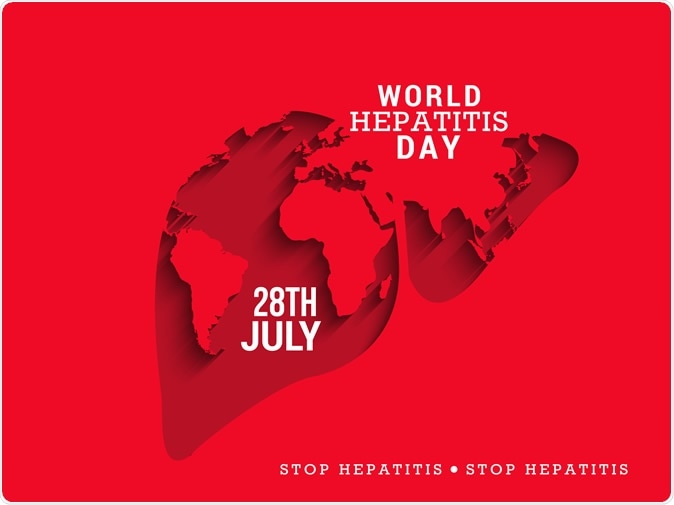About 1.3 million deaths occur globally due to viral hepatitis every year, with 300 million people living with the disease, unaware of their infection status.
A major step towards awareness about the infection was launched by the WHO in 2016 “Eliminate Hepatitis by 2030”. This year 2020, on World Hepatitis Day(July 28), the theme is “Find the Missing Millions”. Screening and early detection are the only ways to fight this silent killer, since liver damage in chronic viral hepatitis progresses without symptoms till it reaches the terminal illness stage, as either liver cancer or liver cirrhosis. Vaccination, however,remains a possible treatment for Hepatitis A and B viruses.
Here we take a look at some of the most prevalent myths regarding the disease and try to bust it by stating the hard boiled fact. Take a look.
1 Myth: All Hepatitis viruses are equivalent.
Fact: Not all Hepatitis viruses are same and demand the same course of treatment. Hepatitis A, B, C, D and E are different with diverse methods of transmission and clinical manifestations. While Hepatitis A and E are transmitted through food, Hepatitis B and C are most commonly spread through blood transfusion, unprotected sex and tattoos.
Hepatitis D occurs to patients suffering from Hepatitis B.
2. Myth: Women with hepatitis should abstain from breastfeeding their babies to avoid passing the infection.
Fact : Hepatitis C and B are not transmitted through breastfeeding as breastmilk doesnt carry the infection.
Although, there is risk of transmission through cracked nipples. If the nipple is cracked, some blood may escape and if the baby also has a small cut in the mouth, blood-to-bloodstream contact is possible resulting in transmission of the disease. If cracks occur in a nipple it is advised to feed from the other breast to avoid transmission.
3. Myth : Don’t eat food prepared by someone with hepatitis. It may be contaminated and you might catch it.
Fact : You may get hepatitis A and E from food prepared by someone with the disease but only if proper hygiene is not maintained. It is important, that hands are not washed properly before using the toilet and before preparing food. Hepatitis B and C are not transmitted by just casual contact.
4. Myth : People suffering from hepatitis should consume only bland and boiled food.
Fact: Good nutrition is of paramount importance during hepatitis. If the patient is nauseatic, whatever he/she desires to eat should be welcome. Glucose solution, sugarcane juice, bitter gourd, radish are not recommended. Turmeric has anti-inflammatory properties, it can also be taken.
5. Myth : People who have hepatitis B or C should not have children because they will pass it on to them.
Fact : Risk of transmission from mother to baby is different for hepatitis B and hepatitis C. But having either of these conditions is no reason for not having children.
PNN/Agencies
